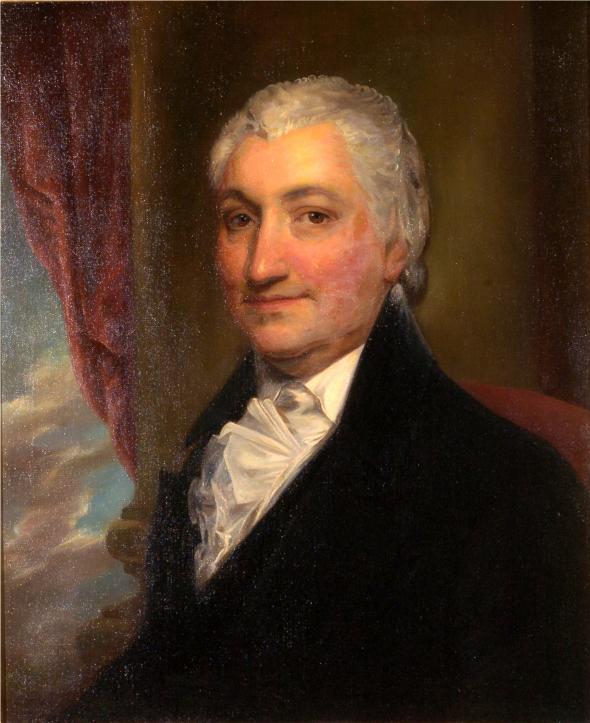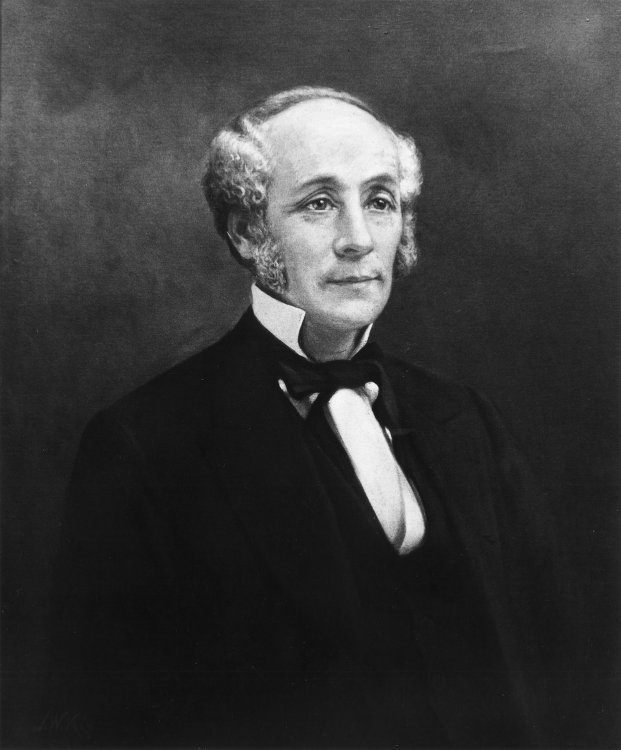|
John F. McLaren
John F. McLaren is generally numbered as the fourth chancellor of the University of Pittsburgh, then called the Western University of Pennsylvania, serving from 1855 to 1858, although McLaren's official title at the time was "Principal" which was a holdover from the institutions academy days. McLaren took over the leadership of university following the suspension of its operations in 1849 after, for the second time in less than five years, a major Pittsburgh fire had destroyed the university's buildings, equipment, and records. The university reopened in 1854. McLaren was formally inaugurated as Principal on December 19, 1856. References * Chancellors of the University of Pittsburgh Year of death missing Year of birth missing {{US-academic-administrator-stub ... [...More Info...] [...Related Items...] OR: [Wikipedia] [Google] [Baidu] |
University Of Pittsburgh
The University of Pittsburgh (Pitt) is a public state-related research university in Pittsburgh, Pennsylvania. The university is composed of 17 undergraduate and graduate schools and colleges at its urban Pittsburgh campus, home to the university's central administration and around 28,000 undergraduate and graduate students. The 132-acre Pittsburgh campus includes various historic buildings that are part of the Schenley Farms Historic District, most notably its 42-story Gothic revival centerpiece, the Cathedral of Learning. Pitt is a member of the Association of American Universities and is classified among "R1: Doctoral Universities – Very high research activity". It is the second-largest non-government employer in the Pittsburgh metropolitan area. Pitt traces its roots to the Pittsburgh Academy founded by Hugh Henry Brackenridge in 1787. While the city was still on the edge of the American frontier at the time, Pittsburgh's rapid growth meant that a proper university ... [...More Info...] [...Related Items...] OR: [Wikipedia] [Google] [Baidu] |
Pittsburgh
Pittsburgh ( ) is a city in the Commonwealth (U.S. state), Commonwealth of Pennsylvania, United States, and the county seat of Allegheny County, Pennsylvania, Allegheny County. It is the most populous city in both Allegheny County and Western Pennsylvania, the List of municipalities in Pennsylvania#Municipalities, second-most populous city in Pennsylvania behind Philadelphia, and the List of United States cities by population, 68th-largest city in the U.S. with a population of 302,971 as of the 2020 United States census, 2020 census. The city anchors the Pittsburgh metropolitan area of Western Pennsylvania; its population of 2.37 million is the largest in both the Ohio Valley and Appalachia, the Pennsylvania metropolitan areas, second-largest in Pennsylvania, and the List of metropolitan statistical areas, 27th-largest in the U.S. It is the principal city of the greater Pittsburgh–New Castle–Weirton combined statistical area that extends into Ohio and West Virginia. Pitts ... [...More Info...] [...Related Items...] OR: [Wikipedia] [Google] [Baidu] |
Heman Dyer
Heman Dyer (September 24, 1810 – July 29, 1900) is generally numbered as the third chancellor of the University of Pittsburgh, then called the Western University of Pennsylvania, serving from 1836 to 1849, although McLaren's official title at the time was "Principal", a holdover from the institution's academy days. Dyer was President of the university until, for the second time in less than five years, a major Pittsburgh fire had destroyed the university's buildings, equipment, and records. The university subsequently suspended operations in order to rebuild and regroup and reopened in 1854. Biography Heman Dyer was born in Shaftsbury, Vermont on September 24, 1810.SHAFTSBURY in ''One thousand men'', by Dorman B.E. Kent; published 1915 by the Vermont Historical Society; via |
George Woods (Pitt Chancellor)
George Woods was the fifth chancellor of the University of Pittsburgh, then called the Western University of Pennsylvania. He served in that capacity from 1858 to 1880. Biography Although Woods is generally numbered as Pitt's fifth chancellor, he was actually the first head of the university to have the title "Chancellor" as previously heads of the university were referred to as "Principal", a holdover from the institution's academy days. Woods has been credited with creating the university's endowment, founding the science and engineering programs, and dramatically increasing enrollment. During the early 1850s, Woods, then a resident of Yarmouth, Maine, established the Yarmouth Institute as a direct competitor to the North Yarmouth Academy. Although it attracted students from as far afield as Cuba, his institute lacked a sufficient financial endowment, endowment and closed after five years. In 1859, while serving in his new role at the University of Pittsburgh, a lawsuit invol ... [...More Info...] [...Related Items...] OR: [Wikipedia] [Google] [Baidu] |
University Of Pittsburgh Press
The University of Pittsburgh Press is a scholarly publishing house and a major American university press, part of the University of Pittsburgh. The university and the press are located in Pittsburgh, Pennsylvania, in the United States. The press publishes several series in the humanities and social sciences, including Illuminations—Cultural Formations of the Americas; Pitt Latin American Series; Pitt Series in Russian and East European Studies, Pittsburgh Series in Composition, Literary, and Culture; Pittsburgh/Konstanz Series in Philosophy and History of Science; Culture, Politics, and the Built Environment; Central Eurasia in Context, and Latinx and Latin American Profiles. The press is especially known for literary publishing, particularly its Pitt Poetry Series, the Agnes Lynch Starrett Poetry Prize, and the Drue Heinz Literature Prize. The press also publishes the winner of the annual Donald Hall Prize, awarded by the Association of Writers & Writing Programs and the wi ... [...More Info...] [...Related Items...] OR: [Wikipedia] [Google] [Baidu] |
Chancellors Of The University Of Pittsburgh
Chancellor ( la, cancellarius) is a title of various official positions in the governments of many nations. The original chancellors were the of Roman courts of justice—ushers, who sat at the or lattice work screens of a basilica or law court, which separated the judge and counsel from the audience. A chancellor's office is called a chancellery or chancery. The word is now used in the titles of many various officers in various settings (government, education, religion). Nowadays the term is most often used to describe: *The head of the government *A person in charge of foreign affairs *A person with duties related to justice *A person in charge of financial and economic issues *The head of a university Governmental positions Head of government Austria The Chancellor of Austria, denominated ' for males and ' for females, is the title of the head of the Government of Austria. Since 2021, the Chancellor of Austria is Karl Nehammer. Germany The Chancellor of Germany, denom ... [...More Info...] [...Related Items...] OR: [Wikipedia] [Google] [Baidu] |
Year Of Death Missing
A year or annus is the orbital period of a planetary body, for example, the Earth, moving in its orbit around the Sun. Due to the Earth's axial tilt, the course of a year sees the passing of the seasons, marked by change in weather, the hours of daylight, and, consequently, vegetation and soil fertility. In temperate and subpolar regions around the planet, four seasons are generally recognized: spring, summer, autumn and winter. In tropical and subtropical regions, several geographical sectors do not present defined seasons; but in the seasonal tropics, the annual wet and dry seasons are recognized and tracked. A calendar year is an approximation of the number of days of the Earth's orbital period, as counted in a given calendar. The Gregorian calendar, or modern calendar, presents its calendar year to be either a common year of 365 days or a leap year of 366 days, as do the Julian calendars. For the Gregorian calendar, the average length of the calendar yea ... [...More Info...] [...Related Items...] OR: [Wikipedia] [Google] [Baidu] |




